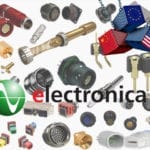Get Ready: 5G is Almost Here
5G connectivity is poised to change the world. Cities, data centers, networks, and device designers are preparing for the next big acceleration in data speeds. As for connectors? They are ready right now.
In 2019, 5G will become a reality as cities around the world roll out their 5G networks. The next generation in data speeds will launch by 2020 in most regions, led by South Korea, Japan, and the US, with the UK, Europe, and Australia following closely. China has led the way, beginning its trials in 2016. South Korea demonstrated 5G at its 2018 Winter Olympics. Other pilot programs are active in Texas, London, Germany, and South Africa. Right now, 5G allows users in those areas to enjoy faster download speeds. How fast? Up to 1,000 times faster than the 4G networks most of us currently use.
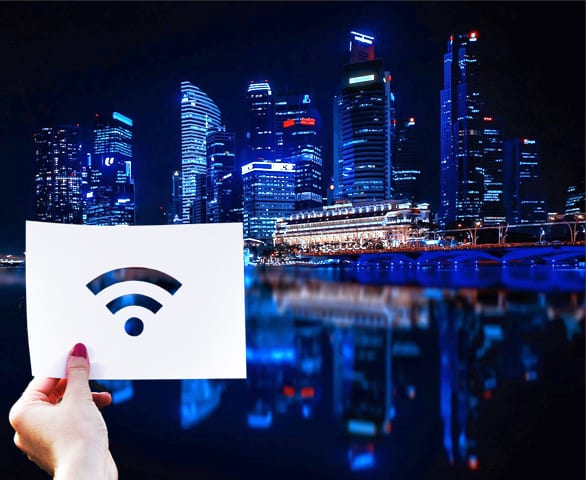
But 5G means much more than just a faster phone. Download speeds will be lightning fast — about 10 seconds to download an entire movie. Latency will be undetectable, making video game play more responsive and virtual and augmented reality more real. Network capacity will be substantially greater, with more than 100 times as many connected devices joining networks, enabling multiple complex endeavors to occur simultaneously within a home or on a citywide level.
When cellular infrastructure is fully upgraded and 5G networks are fully active, the Internet of Things will be able to achieve its potential. That means intelligent cities in which transportation systems and traffic controls can be connected to energy grids, individual vehicles, and communication networks. Homes and workplaces will become more connected and automated. Satellite systems will play a greater role in communications networks. Every industry will be transformed as communications and technology merge.
Unfortunately, it won’t happen all at once. Networks will begin to roll out in 2019, but it may be 2022 before widespread coverage is available. Older iterations won’t immediately disappear; in many places, 4G, 4LTE, 3G, and even 2G will exist in tandem with the 5G. Energy grids will need to prepare for the huge power draw required by the addition of small cell and massive multiple-input multiple-output (massive MIMO) base stations. There are also safety and security concerns; in recent weeks, some governments have suspended 5G programs operated by Huawei, the world’s largest telecommunications equipment provider, due to concerns about spying. Providers and governments are still ironing out differences between standards as well. In the meantime, however, the electronics industry is getting ready.
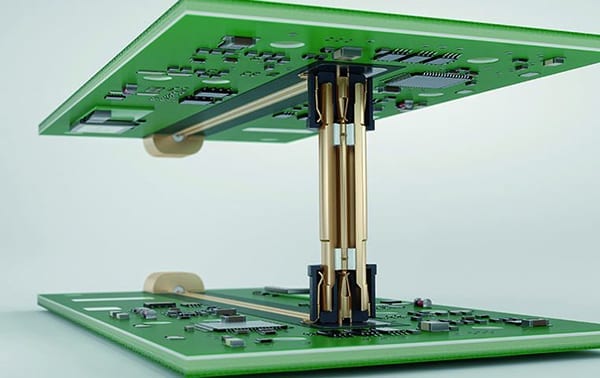
IMS Connector Systems developed its VIA (Variable Interface Adapter) connector for board-to-board and board-to-filter RF interconnections for 5G applications, including radios, filters, small cells, macro cells, and antennas.
Existing networks need to be updated. In rural areas and developing countries, new networks need to be installed. Würth Elektronik is providing components to the telecommunications industry, which is bringing high-speed access to rural locations. Devices ranging from phones to cars to home appliances need to be outfitted with 5G-ready antennae, sensors, fiber optics, and high-speed interconnects. Mouser Electronics has launched its RadioVerse microsite to help designers select from a broad range of radio products to assist with the migration from 4G to 5G networks. As for connector products, the companies that Connector Supplier spoke with at electronica 2018 said they are ready.
TE Connectivity has spent two years designing products for 5G. “We think 5G technology will become a key interconnection point, because you have to send this data between devices and between the device and the cloud,” said Vice President of Strategy and Business Development for TE’s Communications Segment, Amitabh Passi. “We are addressing aspects of latency, aspects of machine to machine, and speed and performance attributes. We are bring all that to bear with 5G.”
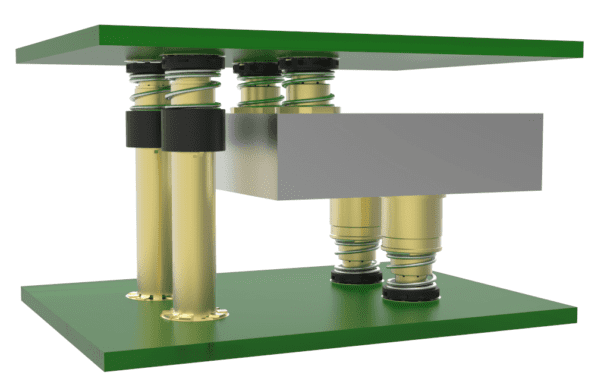
TE Connectivity’s new ERFV coax connectors are designed for 5G application. These RF products enable board-to-board and board-to-filter applications and offer proven reliability with excellent misalignment tolerance, insertion loss, and return loss.
“We have connectors that are ready for 5G. We are just waiting for the other technology to catch up,” said Kai Rotthaus, head of marketing and communications at Lumberg. “In some parts of industry, there is the impression that we don’t have the space for all the data that will move in a 5G network, but that’s not a problem.”
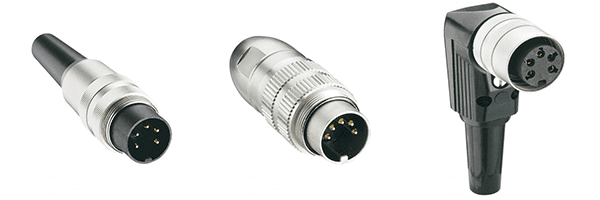
Lumberg’s Series 03 circular connectors are ideal for 5G mobile radio networks. Handling signal and load currents up to 5 A, the connectors feature 3–14 poles, with and without 360° shielding, and easy mounting with solder or crimp technology. Based on mounting method, the connector offers IP40 or IP68 environmental sealing.
Samtec’s high-speed portfolio is designed to be future-proof, which means its products can handle 5G data rates and beyond. “Next-gen 5G designs and applications have to support sub-6 GHz and mmWave frequency bands,” said Matt Burns, technical marketing manager at Samtec. “Our standard RF product portfolio supports sub-6 GHz 5G applications while our Precision RF roadmap supports frequencies out to 110 GHz. 5G network equipment vendors demand the highest performance in the industry. Samtec’s interconnect solutions support 56 Gbps PAM4 (and faster) data rates in backplane, mezzanine, front panel, and Twinax Flyover applications.”
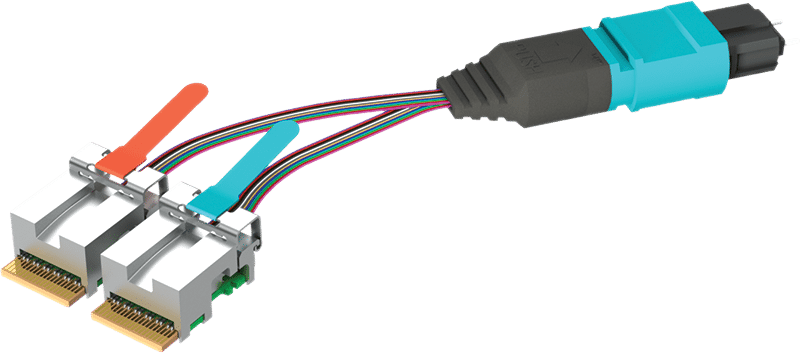
Samtec’s FireFly optical engine is interchangeable with the FireFly copper assembly using the same connector system. It is available with x12 simplex or duplex optical transceivers to achieve 14Gb/s per channel, with x4 duplex systems in development to achieve 28Gb/s per channel.
5G networks will largely depend on fiber networks. Numerous companies have stepped up with products designed for a fiber future. Bulgin launched its waterproof and dustproof 4000 and 6000 Series Buccaneer connectors, which are designed to handle high data rates while protecting equipment from the harsh conditions that can impact mobile networks and connected applications. The company is also launching new expanded beam products and its first sensor products in anticipation of the complex communication needs of connected applications.
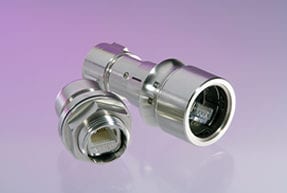
Bulgin’s 6000 Series circular connectors combine an easy-to-use 30° locking mechanism with proven environmental sealing up to IP68 and IP69K.
Many components companies are working closely with industry to create 5G products. “With 5G rapidly approaching, I-PEX Connectors has worked with top tier chipset designers to ensure interconnects will be ready for the marketplace” says Travis Amrine, Global Industry Marketing Manager Wireless. “5G will revolutionize the way we use technology and increase the number of daily interactions from mobile, laptop, AR/VR, IoT, and more.”
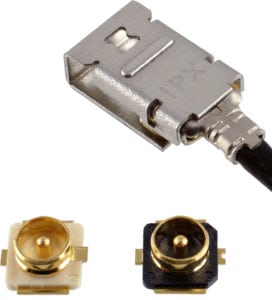
I-PEX Connectors’ MHF® I LK micro RF coaxial connector system features a built-in locking mechanism that prevents accidental disengagement from the PCB in high shock and vibration applications.
HUBER + SUHNER is offering connectivity products for devices and networks, ranging from device connectors to its CUBO converter. The CUBO converter, a carrier grade flexible modular platform for centralized radio, is designed to support existing wireless technologies and can be used as the foundation for 5G networks. Since the rollout will be gradual, many systems and products will need to be backwards compatible as well as 5G ready.
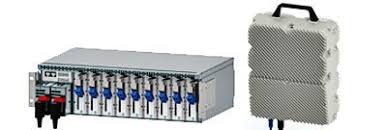
HUBER+SUHNER’s unique CUBO converter was developed to support all wireless technologies existing today and will play an important role in the 5G deployment of networks.
The first wave of 5G phones will come to market in early 2019. After that? According to Ericcson, more than a billion devices will be connected to the 5G network by 2023, and by 2024, more than 40% of the world’s population will be covered by 5G.
Clearly, on a component level, the technology is already here. In 2019, we’ll begin to see what can be done with it.
Interested in a specific market? Click a market below for current articles and news.
Automotive, Consumer, Industrial, Medical, Mil/Aero, Datacom/Telecom, and Transportation
- Where in the World is Amphenol LTW’s Luc Kan? - April 23, 2024
- TE Connectivity’s Sustainability Efforts Pay Off - April 23, 2024
- What is a VGA Connector? - April 23, 2024










